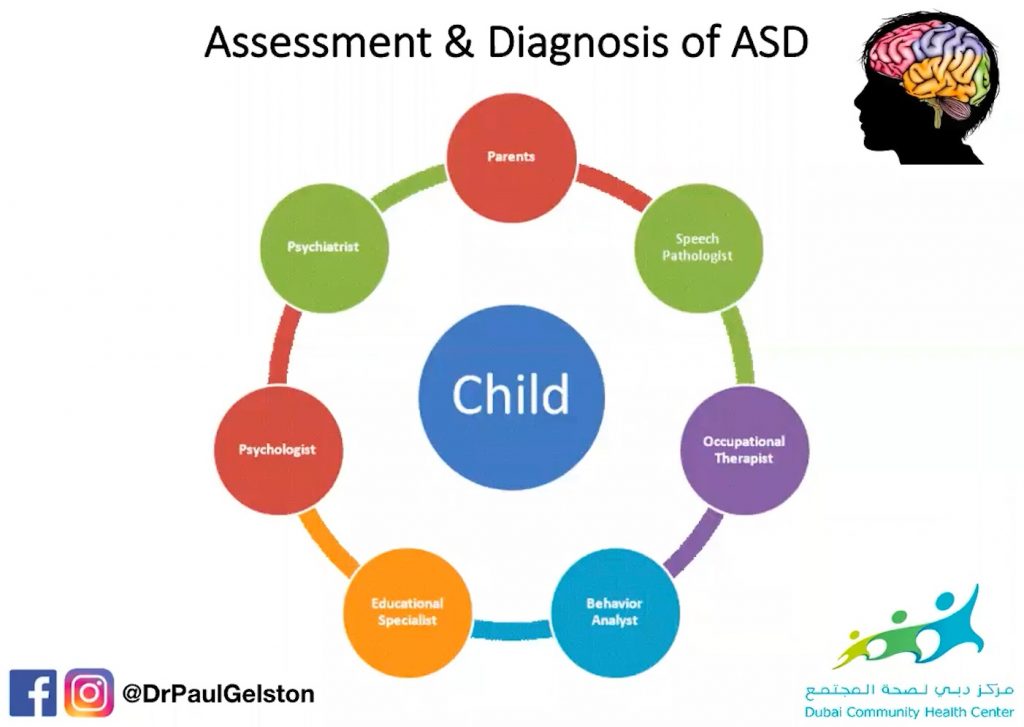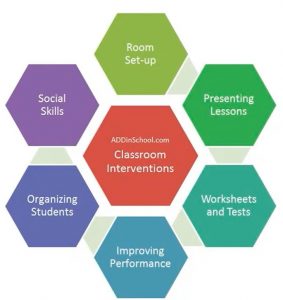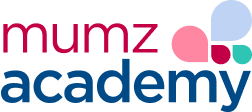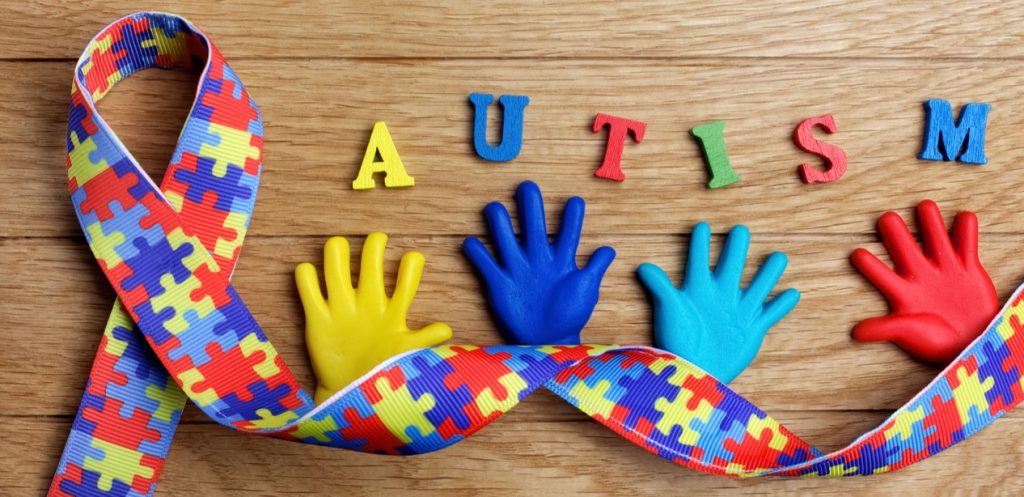Children might face mental challenges such as ADHD, Autism Spectrum Disorder and much more. Dr. Paul Gelston a child and adult psychologist, guided us through a live video session to fully understand what is ASD, the signs and symptoms, how it is diagnosed, the best methods to support children with ASD, and the role of schools and educators in the matter.
What is Autism Spectrum Disorder?
Autism Spectrum Disorder (ASD) is a condition that causes difficulties in social interactions and communications. It also includes a pattern of repetitive behaviors such as movements and speech. ASD is considered a disorder because it begins at an early age and disrupts a child’s development and life.
The word spectrum refers to the wide range of symptoms that are often noted. Meaning that there are stages for ASD – children who have it and go on with their lives, or others who need more help.

Quick facts about Autism:
1| It generally appears before the age of three.
2| Autism affects 1 in 59 children nowadays.
3| Boys are more likely to have ASD than girls.
4| The rate of ASD has grown over the last twenty years.
5| Early intervention is key to helping a child with Autism Spectrum Disorder.
ASD Signs and Symptoms
Autism Spectrum Disorder signs and symptoms are divided into two main categories: social communication and interactions, and repetitive behaviors and interests. Here are some the signs for each symptom:
1| social communication and interactions – where children tend to:
– Avoid starting a conversation.
– Difficulties sharing ideas or emotions.
– Non-verbal communications are difficult (such as gestures, facial expressions, eye contact)
– Low ability to develop or maintain friendships
– Limited imagination and creativity
2| Repetitive behaviors and interests, and it includes:
– Repetitive movements.
– Stereotyped speech.
– Sticking to the same routine,
– Rigid thinking, and fixated interests.
– Hyper-sensitivity to smells, touch, etc.
All of the previous play a role of a child’s reactions. Children with ASD would either react negatively to something simple, and others would show no reaction to something major.
How is it diagnosed?
Diagnosing ASD requires a few assessments made by professionals like psychiatrists, psychologists, pediatricians, or speech therapists. These assessments do not include any kind of blood tests, brain scans, or questionnaires.
Those assessments are:
– Multi-disciplinary assessments – including many disciplinary assessments by a group of professionals.
– Multi-setting assessments – meaning that the assessment need to take place in several environments. Not just the clinic, but also at school, home and the community. Observing the child in different settings helps make a better assessment.
– Psycho-educational assessments – which includes comprehensive assessments in areas such as intellectual, academic, emotional, and behavioral.
The assessment’s outcomes:
1. Highlight strengths, difficulties and symptoms.
2. Build a profile for the child and compare it to age-matched peers.
3. Plan how to move forward in several areas (school, home, community, etc.)
What do the assessments involve?
– Meetings with the parents.
– One to one interviews with the child.
– Consulting with school and teachers.
– Questionnaires for both parents and teachers.
– Analyzing test scores and writing reports.

How to support a child with ASD?
Early intervention is the best way to support a child with ASD, and that is done through a series of steps.
1| Educating and training the parents.
This is very important because no one can observe a child 24/7 like a parent. Parents are the experts about the child, and being educated about ASD helps finding symptoms or ruling them out. They even help in finding what works to help their child and what does not.
2| Provide social skill training.
One of the interventions is to support children with ASD is help them develop their social skills. This includes their verbal and non-verbal communication, and their conversation skills. Also, helping them understand emotions and friendships is very important as it builds up their ability to engage and interact with their peers.
Some programs to help both parents and children in the social skills training

3| Help children with their transition
It might be difficult for children with ASD to move from one task or activity to another. Dr. Gelston suggests using aids such as visual timers, or transitional activities to help moving to the next task.
4| Teach them emotion
A lot of children need help understanding emotions. Not only in expressing them, but in recognizing them in other people as well. A game of emotion charades is very helpful in doing so. Pick an emotion and ask the child to act it out or react to someone else feeling this emotion.
5| Buddy systems
This can be done at school. It helps children building friendships with their peers.
6| After school activities
Encourage children with ASD to explore life outside school to improve their skills, especially social skills.
7| Sports teams
Joining a sports team helps children understand teamwork and socialization skills. Being a part of a group help a lot too.
8| Adult interventions
Teachers and parents can help encouraging children in socializing especially if children with ASD keep retreating back to be alone.
9| Social stories
Teach children social experiences through story telling. Whether through books, worksheets, movies, or songs – they all help children’s ability to engage is social events more. Those stories can even be individualized to a certain child.
Can schools and educators help?
Of course yes. As mentioned previously, a part of the diagnosis is to liaise with schools and teachers to establish a full and accurate assessment. Also, supporting children with ASD needs a lot of cooperation with teachers is observing children and keeping up with their development.
Dr. Gelston summarized what schools and teachers must do in helping children with ASD as follows:

Teachers must identify children with ASD symptoms, and encourage diagnosis if needed. They should also establish psycho-educational assessments and use them in supporting children with ASD and accommodating the school for them. Dr. Gelston also recommends individual learning plans and regular meetings to follow up with the child’s development.
Autism in the Middle East
Awareness about ASD and children’s mental health in general is improving over time, especially in the UAE. That is probably because of the growing numbers of children dealing with such conditions and disorders. Many studies are taking place in the UAE to track down ASD cases, collect date, and raise awareness to help families who are dealing with such conditions.
There are a few initiatives that highlight ASD such as: Autism Rocks Arena, which is an entertainment arena that highlights autism, and Dubai Autism Center which is funded by the government to raise awareness on ASD.
Finally,






